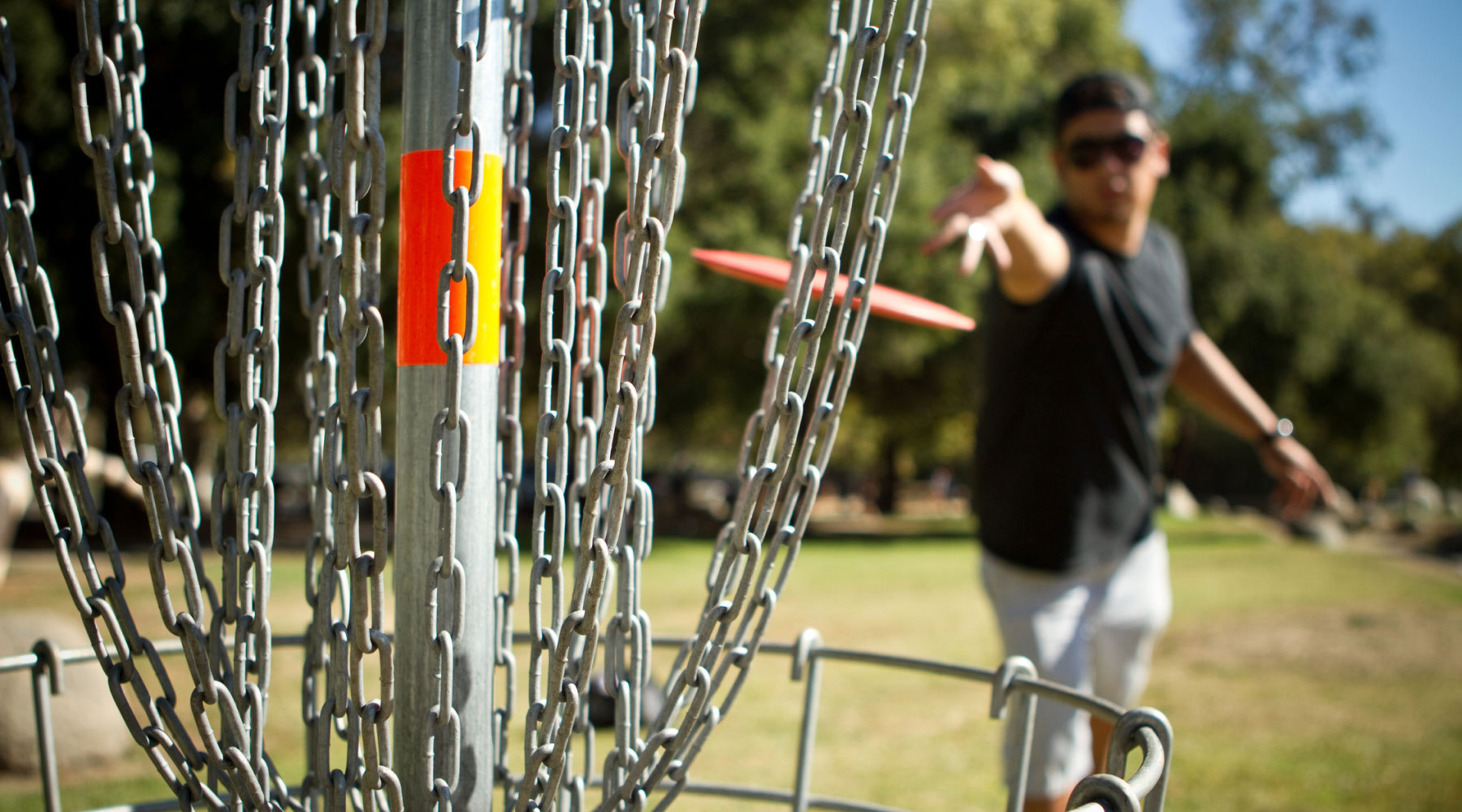
For student-athletes participating in track and field, injuries can be a common occurrence. Whether it’s a strained muscle or a sprained ankle, the physical demands of the sport can take a toll on even the most well-conditioned athletes. But don’t let these setbacks discourage you! With the right mindset and proper training techniques, student-athletes can overcome these obstacles and come out stronger than ever before. So lace up the spikes and join us as we explore the world of track and field injuries and how to prevent them.
Running Into Injury
The most common track and field injuries during the season involve the lower body, including legs, hips, and ankles. Sprains, strains, pulled muscles, shin splints, and joint pain are all typical track and field injuries that can be difficult to heal. As such, it’s important for athletes to focus on proper warm-up techniques before engaging in track and field activities, as well as developing strong core stability in order to reduce the risk of injury.
Upper-body track and field injuries can also occur due to overuse or improper form while throwing or jumping. Shoulder impingement syndrome—a condition where swelling leads to shoulder pain—is a common track and field injury in this category. Strengthening exercises like lateral pulldowns or shoulder presses can help alleviate the discomfort associated with track and field activities.
Finally, track and field athletes must pay special attention to their core muscles to avoid back injuries. The core is responsible for stabilizing the spine, so it’s important to keep those muscles strong during track and field season. Core exercises like planks or bridges are excellent tools for strengthening your core and reducing the risk of back pain. With a few simple tweaks to your training routine, track and field student-athletes can reduce their chances of suffering from an injury this season.
Common injuries:
- Achilles tendonitis – pain in the lower calf area caused by overuse or repetitive activities resulting in inflammation of the tendon
- Hamstring strains – this type of injury is common when running, jumping, and throwing as it involves pulling on the back of the thigh which can cause muscle strain
- Groin pulls/strains – this type of injury is most commonly caused by sudden movements that require a lot of force to be exerted on the groin muscles
- Stress fractures – small cracks in bones due to repeated impact from track and field activities such as running and jumping
In order to help decrease the chances of track and field-related injuries occurring this season it is important for student-athletes to:
- Warm up thoroughly prior to exercise
- Drink plenty of water before and during activity
- Wear protective gear such as shin guards or special shoes when necessary
- Use proper form while exercising
- Fuel your body well to reduce risk of stress injuries
- Take rests between activities
- Stretch after exercise
It’s imperative that you listen to your body and pay attention to any pain or discomfort that may occur to avoid further injury.
Overcome Hurdles with Access
By following these safety precautions and tips, track and field athletes can help minimize the risk of injury during their track and field season. Additionally, student-athletes should always consult with a doctor or physical therapist if they experience significant pain or injuries while participating in track and field activities. Access Sports Medicine & Orthopaedics has a team of highly qualified sports medicine specialists available to help diagnose and treat track and field-related injuries.
Contact us today for more information on our complete range of track and field services!


